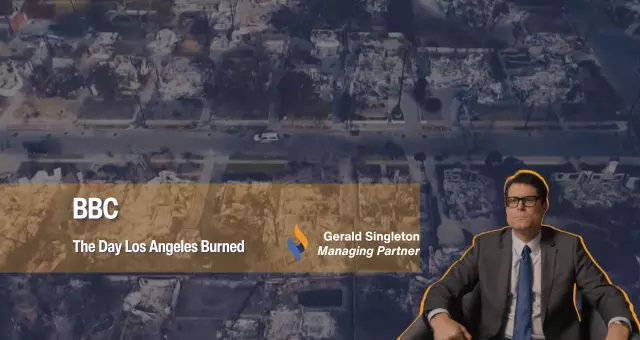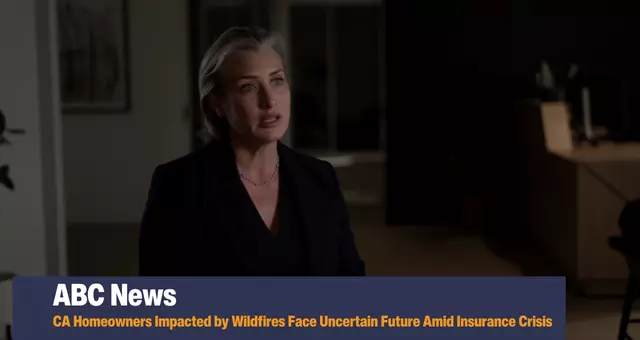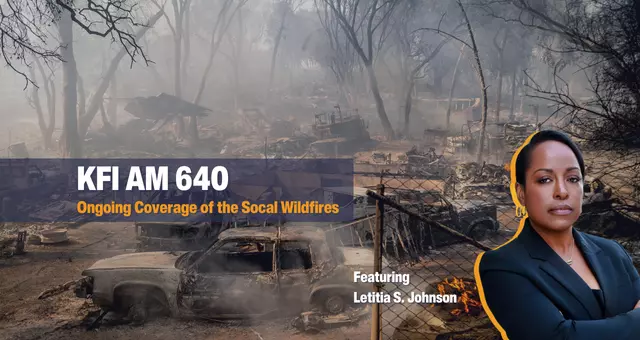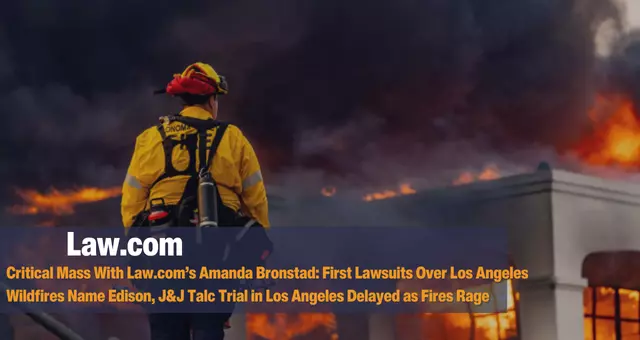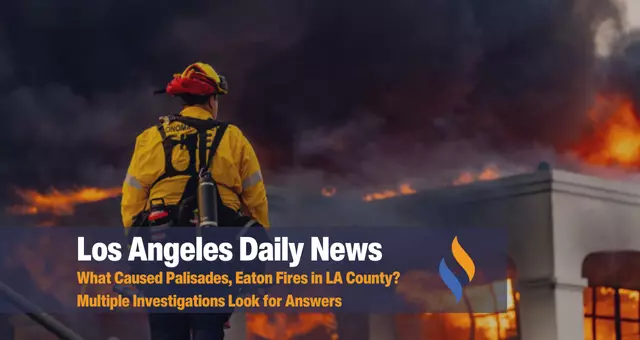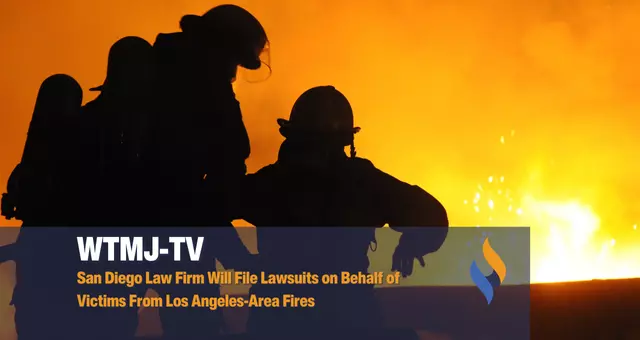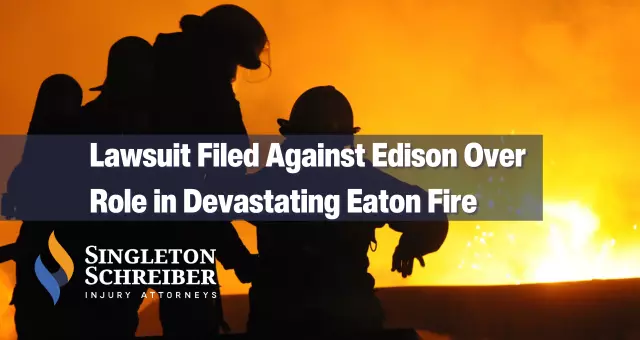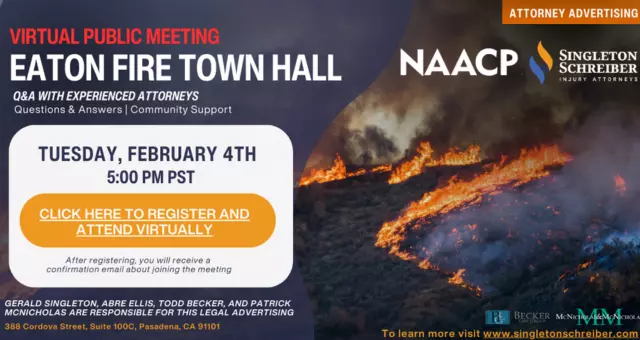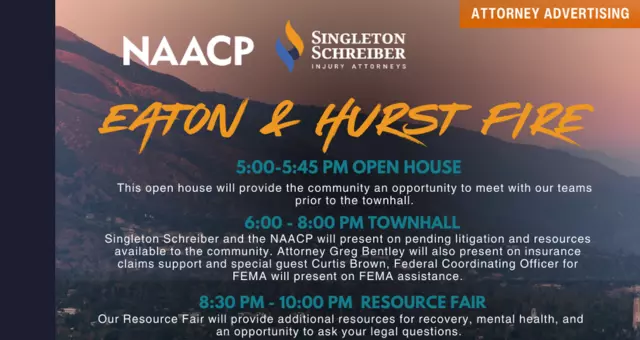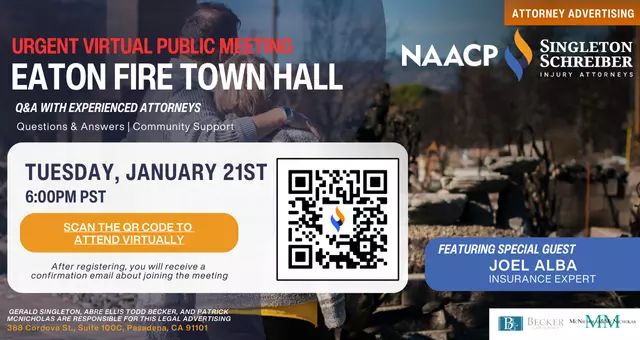Overview
Hurst Fire Lawsuit Information
The Hurst Fire, also referred to as the Sylmar Fire, has emerged as one of several destructive wildfires currently ravaging Southern California, particularly in Los Angeles County. Originating late on the night of January 7, 2025, near Sylmar in the San Fernando Valley, the fire has burned over 799 acres as of January 13, with containment efforts reaching approximately 97%. Below is a comprehensive summary of what is known about the Hurst Fire, its causes, progression, and impact.
Overview and Progression
The Hurst Fire began around 10:10 PM on January 7 near Diamond Road in Sylmar, close to the I-210 Foothill Freeway. It initially spread rapidly due to strong Santa Ana winds, which recorded gusts exceeding 70 mph. Within hours, the fire grew to over 500 acres, prompting mandatory evacuation orders for thousands of residents north of the I-210 Freeway and warnings for surrounding neighborhoods. By January 9, the fire had expanded to approximately 771 acres, with significant firefighting efforts focused on building containment lines and protecting nearby structures.
As of January 11, firefighters have made substantial progress, achieving 70% containment. However, flare-ups within the fire’s perimeter remain a concern. The Angeles National Forest has been temporarily closed to ensure public safety and protect natural resources.
As of January 13, firefighters have made more progress, achieving 95% containment. Residents returning home are urged to exercise utmost caution.
Evacuations and Public Safety
Mandatory evacuations were initially issued for areas north of the I-210 Freeway from Roxford Street to the Interstate 5/State Route 14 split. Although evacuation orders were lifted by January 9 as containment improved, residents returning home were advised to exercise caution due to lingering hazards such as unstable infrastructure and poor air quality.
Potential Causes
The exact cause of the Hurst Fire remains under investigation. However, preliminary reports suggest that utility equipment may have played a role. Southern California Edison (SCE) disclosed that a downed conductor was discovered near the ignition site along its Sylmar 220 kV circuit. Investigators are examining whether this equipment failure contributed to sparking the blaze. This scenario mirrors past incidents where utility negligence has been linked to major wildfires in California, such as the devastating Camp Fire in 2018.
Contributing Factors
A combination of extreme weather conditions and environmental factors fueled the Hurst Fire's rapid spread:
- Santa Ana Winds: These powerful offshore winds significantly enhanced the fire's intensity and rate of spread.
- Dry Conditions: Southern California has experienced below-average rainfall this season, creating drought-like conditions that leave vegetation highly flammable.
- High Temperatures: Unseasonably warm weather further exacerbated fire risks.
Impact on Residents and Infrastructure
While no fatalities or injuries have been reported directly from the Hurst Fire as of now, it has caused widespread disruption:
- Thousands were forced to evacuate their homes at short notice.
- Power outages affected large swaths of Southern California due to damage to electrical infrastructure.
- The fire threatened numerous residential areas and critical facilities like Olive View Medical Center in Sylmar.
The economic toll is still being assessed but could be significant given the scale of evacuations and property damage across affected areas.
Firefighting Efforts
Firefighting teams from multiple agencies—including Los Angeles City Fire Department (LAFD), Los Angeles County Fire Department (LACoFD), CAL FIRE, and the U.S. Forest Service—have been deployed to combat the Hurst Fire. Over 300 personnel have worked tirelessly to establish containment lines using bulldozers, aerial water drops, and ground crews. Despite challenging conditions early on due to high winds and dry terrain, their efforts have successfully limited further spread.
Broader Context: Wildfire Season in Los Angeles
The Hurst Fire is one of several wildfires currently burning across Los Angeles County during a particularly severe wildfire season. Other active fires include the Palisades Fire (over 20,000 acres burned) and Eaton Fire (14,000 acres burned), both causing significant destruction and loss of life. Collectively, these fires highlight the growing threat posed by climate change-induced extreme weather patterns in California.
Outlook
Although containment efforts are progressing well for the Hurst Fire, red flag warnings remain in effect for parts of Southern California due to ongoing dry and windy conditions. Residents are urged to stay vigilant and follow updates from local authorities regarding air quality advisories and potential flare-ups.
In conclusion, while firefighters have made commendable progress in containing the Hurst Fire, this incident underscores broader challenges related to wildfire prevention and mitigation in Los Angeles County. Investigations into its cause may reveal actionable insights into preventing similar disasters in the future. For those affected by this or other wildfires in California, seeking assistance from experienced wildfire attorneys like Singleton Schreiber can be crucial for navigating insurance claims and rebuilding efforts.

